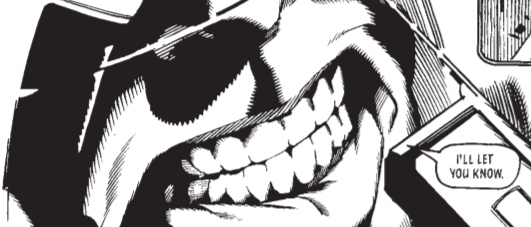(20) HOLLYWOOD & PLAYBOY
If the Capitol, Pentagon, or White House represents the American empire’s Augustus, then Hollywood is its Virgil. Or some might say, its Caligula or Nero. Or some even more wild voices might say, a decadent American empire all of itself, at odds with the Republic – Hollywood Babylon.
Or the point where the frontier became film, from the American West to the western, that archetype of American film which one might argue that all American films still are at heart. Or where the West became the road, where all roads lead to the road movie.
We might be at the wildest of my wild tier or bottom of my empire iceberg here but aren’t we just talking about the apex of American cultural imperialism or “soft power”? Well yes, but that doesn’t mean Hollywood can’t rank special mention as empire.
Of course, my preceding special mention for Joshua Norton might outrank this one as the wildest tier or bottom of my empire iceberg but perhaps that he made his imperial proclamation from San Francisco demonstrates a consistent Californian or West Coast exuberance when it comes to American empire – or empires.
I’m joking and I’m serious. After all, if a religious military order like the Teutonic Knights or even more so a company like the East India Company can each rank special mention in my top empires, why not the American entertainment industry for which Hollywood is a geographical focus and metonym? And outside Washington DC, the only other metonym of American influence or power as evocative as Hollywood is Wall Street (except perhaps for Silicon Valley, also on the West Coast and indeed in California).
Hollywood may not have the military and political control over territory as the Teutonic Knights, although it has often been the Homer of the Pentagon’s Iliad or overseas odysseys – but there does seem to be a certain metaphorical parallel between crusading military orders carving out their empire in the converted eastern frontier of Europe with American studios doing the same in their settled western frontier.
The better comparison might be with the East India Company – perhaps not quite to the extent of the latter’s monopoly in world trade (or the latter’s military force), but at least a similar dominance of the world entertainment industry and popular culture. Hollywood was fortunate in that its rise overlapped that of the United States to global dominance in the twentieth century.
That prompts a segue to the second part of this entry – Playboy as empire.
Yes – again I’m joking and serious. In jest, I strive to reserve my final special mention for some kinky entry where the subject permits – and I believe this fulfills my obligation.
In seriousness, like Hollywood – with which there is considerable overlap, at least in its magazine interviews, celebrity pictorial features, and guest list at the iconic Playboy Mansion – Playboy is a metonym for the American adult entertainment industry in general.
Some might argue that is essentially synonymous with Hollywood, particularly those who describe the latter as Hollywood Babylon – it even shared much the same Californian geographical focus, most famously San Fernando Valley. I’ve read that American predominance in the world adult entertainment industry is – or at least was – even more pronounced than that of Hollywood for the general entertainment industry, such that it might even rank (or have ranked) as the American East India Company in terms of monopoly and share of world trade. I don’t know how true or accurate that is but if so, it should be a source of patriotic pride – USA! USA! USA!
Setting aside that metonym for the adult entertainment industry in general, there’s something to be said for the corporate holdings of Playboy itself as an empire. Of course, you could say that of many companies or corporations, drawing parallels with empires in financial, economic and even cultural spheres. Indeed, McDonalds or Coca Cola would perhaps be the iconic archetypes, particularly as the symbolic vanguards of American influence or power, the contemporary equivalent of gunboat diplomacy.
But there’s something to be said of the American adult entertainment industry in general and Playboy in particular, as the global vanguard or dare I say it, missionary position, of American sexual liberalism – and libertinism, the American Sexual Revolution.
Also, I can’t help but identify parallels with the rise and fall of the Playboy magazine with the Roman empire, with Hugh Hefner as its founding Augustus – and its Tiberius, albeit in the Mansion rather than Capri and with bunnies instead of minnows.
Of course, that may be because I was raised on Playboy as much as Rome in my youth – literally, if covertly on my part, as my father had the entire collection of Playboy magazines, until my mother descended on them like the Vandals.
That last seems something of a microcosm for the fall of Playboy as print magazine (and clubs) – echoing the fall of the western empire in that, a little like the eastern empire, the Playboy corporate brand and holdings have survived the fall of the magazine, not least as a cultural icon. I believe that much like the Holy Roman Empire and various states claiming succession from the Roman Empire, some international versions of the magazine are still ongoing in print.
Dare I jest that Playboy will always be my Holy Roman Empire? Or like the Last of the Romans, I still hold to the Playboy lifestyle and Playboy philosophy – nay, the Playboy religion, my bacchae and golden ass, my holy grail of adventurous bed and questing beast, so much so I made pilgrimage to the Playboy Mansion when I visited Los Angeles.
RATING: 4 STARS****
X-TIER (WILD TIER)











